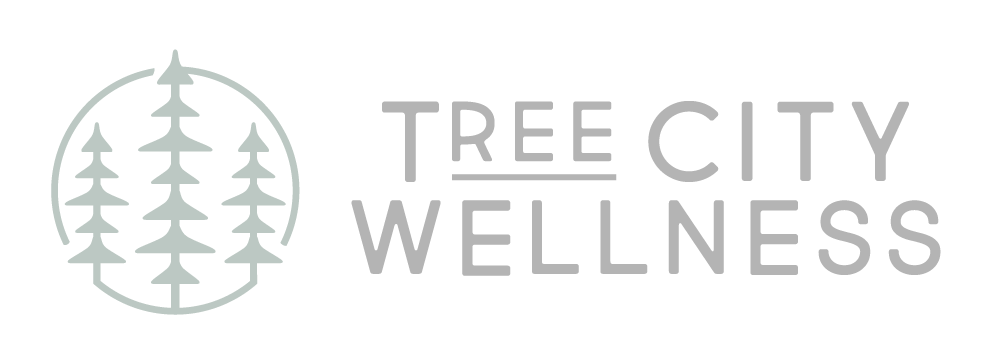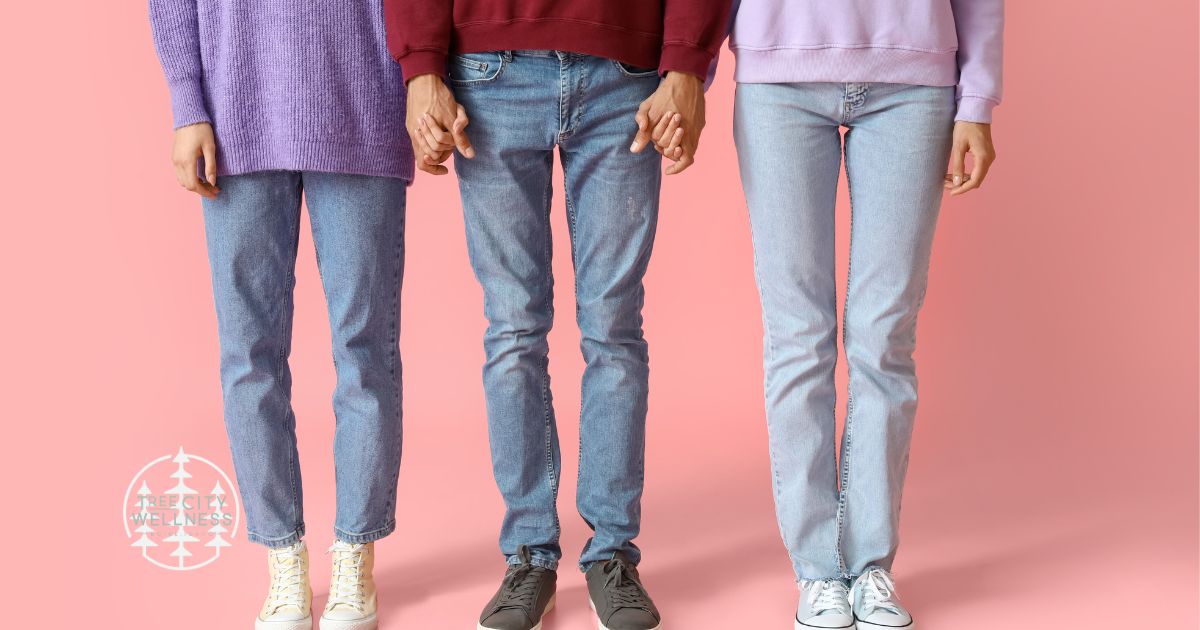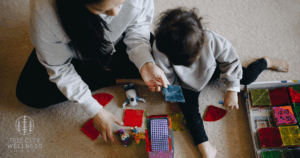Written by Corby Weeaks, LPC
In today’s world, the question “What is an open relationship?” comes up more frequently than ever before. Relationships are evolving beyond traditional boundaries, becoming more personalized, diverse, and reflective of individual values. Whether heterosexual, homosexual, monogamous, open, or somewhere in between, like the increasingly popular “monogamish” model, there’s no one-size-fits-all approach to love, sex, and partnership.
Historically, societal norms dictated how couples should behave. But more people today are rejecting outdated expectations and asking deeper questions about what makes a relationship fulfilling. One of the most important answers? Communication. Regardless of structure, honest conversations and clearly defined agreements are vital to building healthy and lasting relationships.
In this guide, we’ll break down common relationship structures, including open relationships, monogamy, swinging, and more. Whether you’re curious or considering a shift in your relationship dynamic, this overview can help clarify your options and provide language for the journey.
Monogamous Relationships
Monogamy typically involves two individuals in a closed romantic and sexual relationship. They commit exclusively to one another, both emotionally and physically. Monogamy is still widely regarded as the societal “default,” reinforced through institutions like marriage. However, it also exists among committed dating partners who haven’t legally tied the knot.
A defining feature of monogamy is exclusivity, which often refers to no outside emotional or sexual connections. But that doesn’t mean monogamy is rigid. For instance, some couples may include a third partner in a committed “throuple,” where all three are mutually exclusive. One such example includes a successful 20-year relationship among three men who attribute their success to clearly defined rules and mutual respect.
Why monogamy?
For many, it offers emotional security, a sense of deep commitment, and societal support. However, challenges can arise such as mismatched libidos, emotional dependency, or unrealistic expectations that one partner should meet all of the other’s needs. Desire can change over time due to aging, stress, health, or life circumstances, which may leave one or both partners feeling unfulfilled.
What is an Open Relationship?
Open relationships involve partners who agree to engage in sexual or emotional connections outside of their primary relationship. This umbrella term includes a variety of configurations, from “monogamish” to polyamory to swinging. Each has its own boundaries and expectations.
Monogamish
Coined by author and columnist Dan Savage, “monogamish” describes couples who are mostly monogamous but occasionally allow sexual experiences with others. Often, this involves one trusted third partner or “regular,” who helps spice up intimacy without threatening emotional security. Sometimes these connections also offer emotional support, but the core couple remains primary.
This model can be helpful when a couple wants to maintain their emotional bond while exploring occasional outside sexual experiences. It’s ideal for partners who value consistency with each other but are open to controlled exploration.
Swinging
Swinging is typically more community-oriented and recreational. Partners (often couples) consensually engage in sexual activities with others, often through events, clubs, or parties designed for this lifestyle. Swinging is generally focused on sexual variety without emotional entanglement.
Rules vary widely. Some couples only play together; others allow separate encounters. Some only swap with other couples; others invite singles. The key is shared understanding, transparency, and mutual respect.
Open Relationships (General)
Broader than swinging or monogamish, open relationships often allow individuals to explore emotional or sexual connections with others, either independently or together. These arrangements work best for those who can compartmentalize love and sex, or who have the capacity to love more than one person without feeling threatened.
Some open relationships are “don’t ask, don’t tell,” while others involve frequent debriefs and check-ins. Some remain casual; others develop secondary partnerships. These dynamics can be enriching but require advanced communication and emotional intelligence to navigate jealousy and maintain trust.
Guidelines for All Closed or Open Relationship Models
No matter what relationship structure you choose, a few things remain universal:
- Consent and Agreement: Everyone involved should be fully informed and on board with the arrangement. This includes any changes that occur over time.
- Communication: Honest discussions around needs, boundaries, and feelings are the foundation of any healthy relationship.
- Health and Safety: Talk openly about sexual health, get tested regularly for STIs, and disclose any risks. Trust is built through transparency.
- Customization: These categories are not rigid boxes. Many couples tweak and hybridize models to suit their own values and needs.
So, What Exactly is an Open Relationship Again?
At its core, it’s about creating space for freedom, exploration, and authenticity, while maintaining a foundation of respect and intentionality. Whether you resonate most with traditional monogamy, swinging, or a more fluid open relationship, the most important factor is that your choices align with your values and feel mutually satisfying.
There is no single “right” way to love…only the right way for you and your partner(s). By engaging in curious, courageous conversations and prioritizing emotional safety, you can co-create a relationship that feels deeply fulfilling, whatever form it takes.
If you’re looking for support in navigating an open relationship structure, or if you’re simply curious and want a safe space to talk about this with your partner, get in touch with me, Corby Weeaks, LPC, for a free introduction call today. I’d be happy to help you determine if this is – or isn’t – the right next step in your relationship for you.





